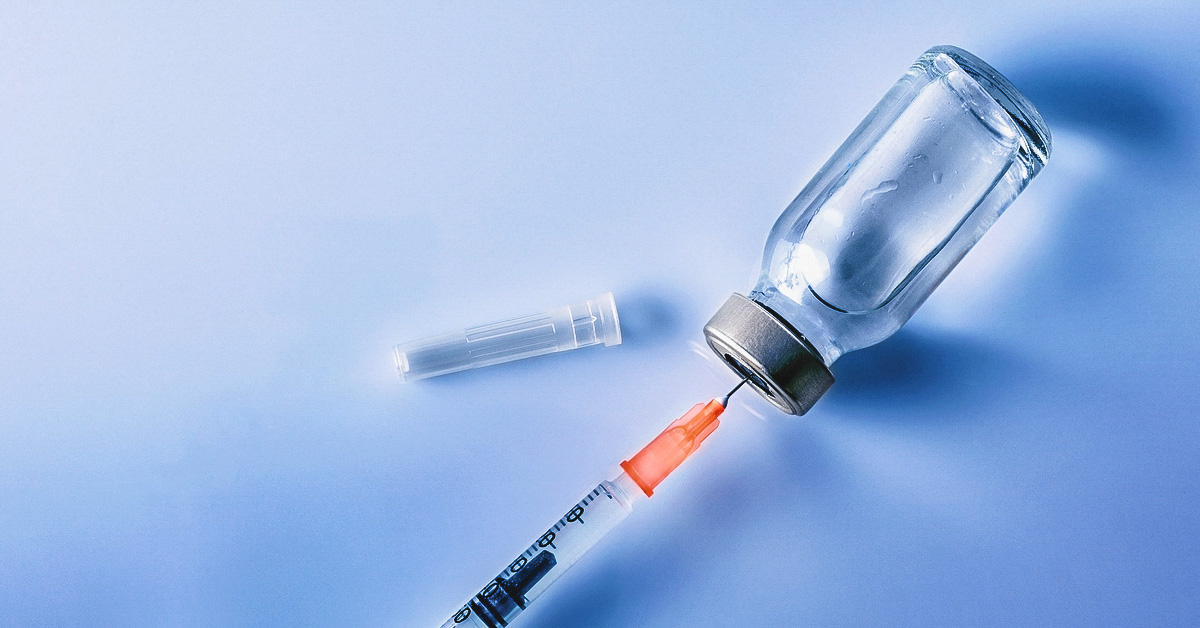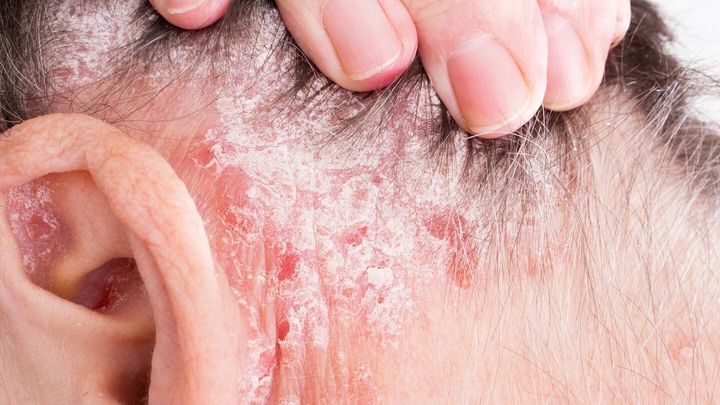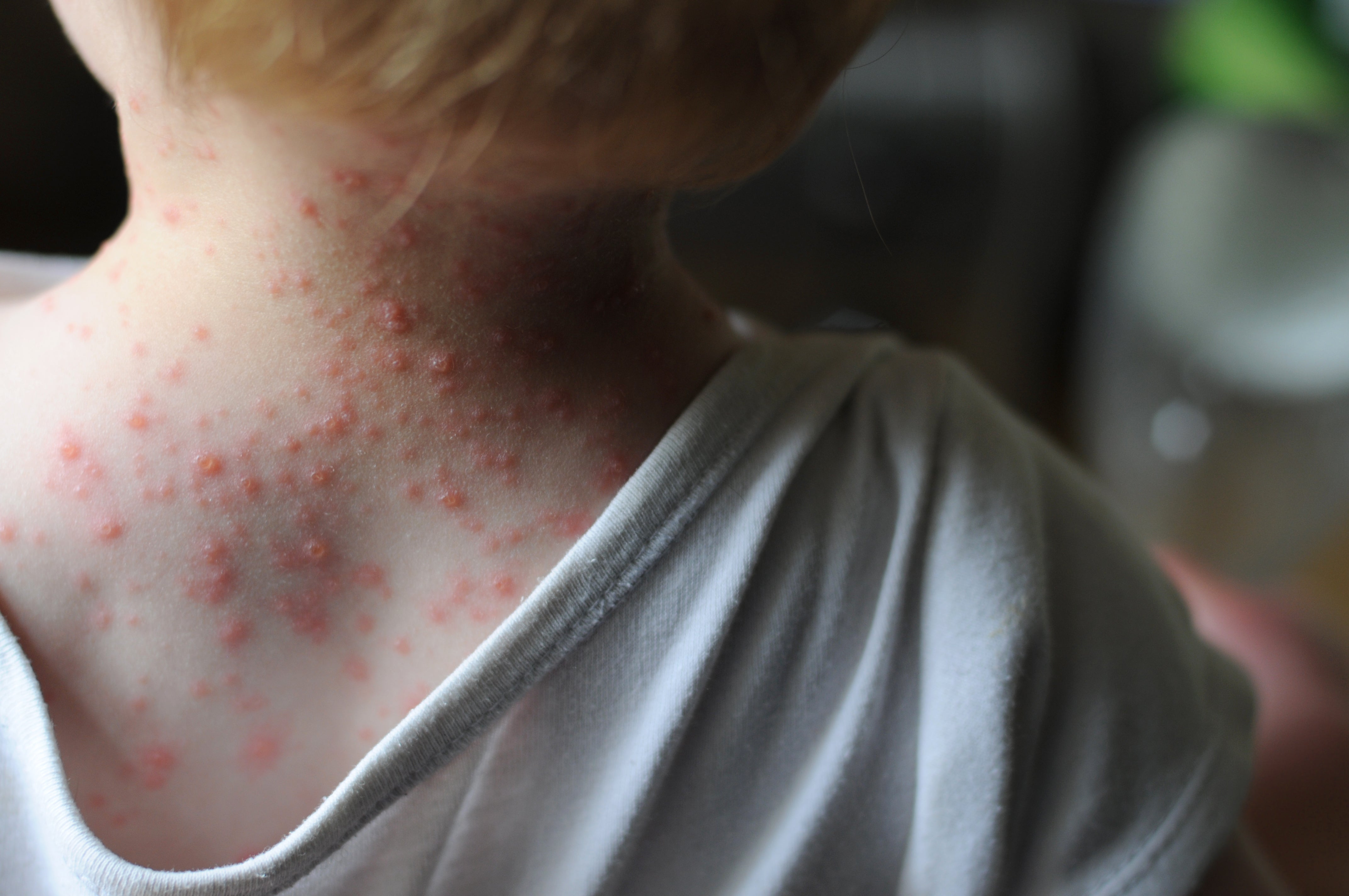Overview
The varicella-zoster virus is a type of herpes virus that causes chickenpox (varicella) and shingles (zoster). Anyone who contracts the virus will experience chickenpox, with shingles possibly occurring decades later. Only people who’ve had chickenpox can develop shingles.
The risk of getting shingles increases as we get older, especially after age 50. Part of the reason for this is that our immune system weakens with age.
The possibility of developing shingles greatly increases if HIV has affected a person’s immune system.
What are the symptoms of shingles?
The most obvious symptom of shingles is a rash that usually winds around one side of the back and chest.
Some people start to feel a tingling sensation or pain several days before the rash appears. It begins with a few red bumps. Over the course of three to five days, many more bumps form.
The bumps fill with fluid and turn into blisters, or lesions. The rash may sting, burn, or itch. It can become very painful.
After a few days, the blisters begin to dry out and form a crust. These scabs usually start to fall off in about a week. The whole process can take from two to four weeks. After the scabs fall off, subtle color changes may be visible on the skin. Sometimes the blisters leave scars.
Some people experience lingering pain after the rash clears up. This is a condition known as postherpetic neuralgia. It can last several months, though in rare cases the pain remains for years.
Other symptoms include fever, nausea, and diarrhea. Shingles can also occur around the eye, which can be quite painful and may result in eye damage.
For symptoms of shingles, see a healthcare provider right away. Prompt treatment can cut down on the risk of serious complications.
What causes shingles?
After a person recovers from chickenpox, the virus remains inactive, or dormant, in their body. The immune system works to keep it that way. Years later, usually when that person is over age 50, the virus can become active again. The cause of this isn’t clear, but the result is shingles.
Having a weakened immune system can increase the chances of developing shingles at a younger age. Shingles can recur multiple times.
What if a person has never had chickenpox or the vaccine for it?
Shingles doesn’t spread from one person to another. And those who’ve never had chickenpox or received the chickenpox vaccine can’t get shingles.
The varicella-zoster virus that causes shingles can be transmitted, however. Those who don’t have the virus can contract it from exposure to active shingles blisters, and then develop chickenpox as a result.
Following are a few precautions to take to reduce risk of contracting the varicella-zoster virus:
- Try to avoid exposure to people with chickenpox or shingles.
- Be especially careful to avoid direct contact with the rash.
- Ask a healthcare provider about getting the vaccine.
There are two shingles vaccines available. The newest vaccine contains inactivated virus, which won’t cause a shingles infection and so can be given to people whose immune system is severely compromised. The older vaccine contains live virus and may not be safe in this case.
Consult a healthcare provider to find out if they recommend getting vaccinated against shingles.
What are the complications of having shingles and HIV?
Those with HIV might get a more severe case of shingles and are also at increased risk of complications.
Longer illness
Skin lesions may last longer and are more likely to leave scars. Take care to keep skin clean and avoid exposure to germs. Skin lesions are susceptible to bacterial infection.
Disseminated zoster
Most of the time, the shingles rash appears on the trunk of the body.
In some people, the rash spreads out over a much larger area. This is called disseminated zoster, and it’s much more likely to happen in those with weakened immune systems. Other symptoms of disseminated zoster may include a headache and light sensitivity.
Severe cases may require hospitalization, especially for those who have HIV.
Long-term pain
Postherpetic neuralgia can last for months or even years.
Recurrence
The risk of persistent, chronic shingles is higher in people with HIV. Anyone with HIV who suspects they have shingles should see their healthcare provider for prompt treatment.
How is shingles diagnosed?
Most of the time, a healthcare provider can diagnose shingles by performing a physical exam, including an examination of the eyes to see if they’ve been affected.
Shingles may be harder to diagnose shingles if the rash is spread out over a large portion of the body or has an unusual appearance. If that’s the case, the healthcare provider can take skin samples from a lesion and send them to a lab for cultures or microscopic analysis.
the treatment options for shingles?
Treatment for shingles is the same regardless of whether a person has HIV. Treatment includes the following:
- getting started on an antiviral medication as quickly as possible to ease symptoms and potentially shorten the duration of the illness
- taking an over-the-counter (OTC) or prescription pain reliever, depending on how severe the pain is
- using an OTC lotion to relieve itching, being sure to avoid lotions that contain cortisone
- applying a cool compress
Eye drops that contain corticosteroids can treat inflammation in cases of shingles of the eye.
Lesions that seem infected should be examined by a healthcare provider right away.
What is the outlook?
For people living with HIV, shingles can be more serious and take longer to recover from. However, most people with HIV recover from shingles without serious long-term complications.





